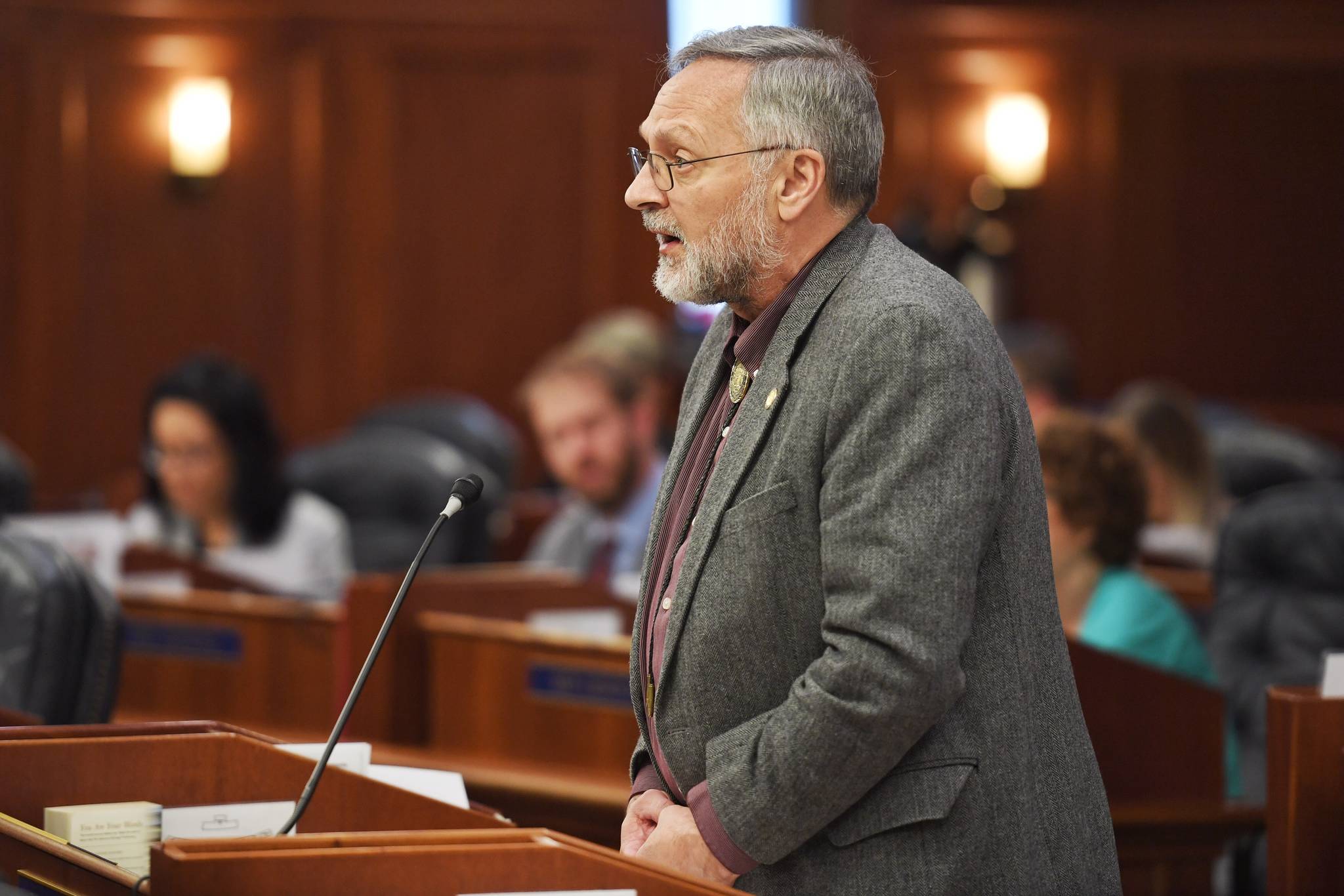JUNEAU, Alaska (AP) — The Alaska House on Wednesday rejected a proposal to pay residents full dividend checks of around $3,000 this year from the state’s oil-wealth fund, setting the stage for another special session and a potential showdown with Gov. Mike Dunleavy.
The dividend was one of the biggest issues heading into the regular session in January. Lawmakers have struggled to agree on the size of this year’s check and on the future shape of the program.
Wednesday’s vote was 15 in favor and 21 against. Last week, the Senate by one vote failed to approve a full dividend, and it later failed to revive the bill for another vote.
Legislative leaders have insisted there will be a dividend paid this fall; what size it will be is unclear.
Dunleavy, a Republican, campaigned last year on paying a full dividend in accordance with a longstanding formula that has not been followed the last three years amid an ongoing budget deficit. He has shown no signs of backing down.
The House dividend vote came on the 149th day that lawmakers have been in session. Nearly all members present spoke.
Supporters discussed the dividend’s economic importance to Alaskans and the need to follow the existing calculation.
House Minority Leader Lance Pruitt said he thinks changes in the calculation are needed. But the Anchorage Republican said he saw paying a full dividend as a way to build trust with the public, whose support will be needed as changes are weighed.
Others questioned the cost of paying a full dividend and said they’ve heard from constituents willing to give up at least part of their dividends to support state services.
“People are stopping me and they’re saying, ‘Take it all if you need to. Just maintain our services,’” said Rep. Louise Stutes, a Republican in the bipartisan House majority coalition. “And I respond to them, ‘Look, we don’t need to take it all. Let’s just set it up so you know that you can depend on it and your children can depend on it and your grandchildren can depend on it.’”
The Alaska Permanent Fund is a nest egg of sorts, seeded with oil money and grown through investments. Dividends traditionally have been paid with fund earnings, which lawmakers last year began using to help pay for government costs. Lawmakers turned to fund earnings after going through billions of dollars in savings as they grappled with how best to address the deficit and amid disagreement over taxes and further budget cuts.
They also sought to limit what can be taken from fund earnings for dividends and government. The draw for the upcoming fiscal year would be $2.9 billion. The cost of a full dividend is estimated at $1.9 billion.
Meanwhile, a group of House and Senate members plan to meet over the next few weeks in hopes of making recommendations about the use of permanent fund earnings.
Fairbanks Republican Sen. Click Bishop, one of the group’s leaders, said 21 days is the target for the group to do its work.

